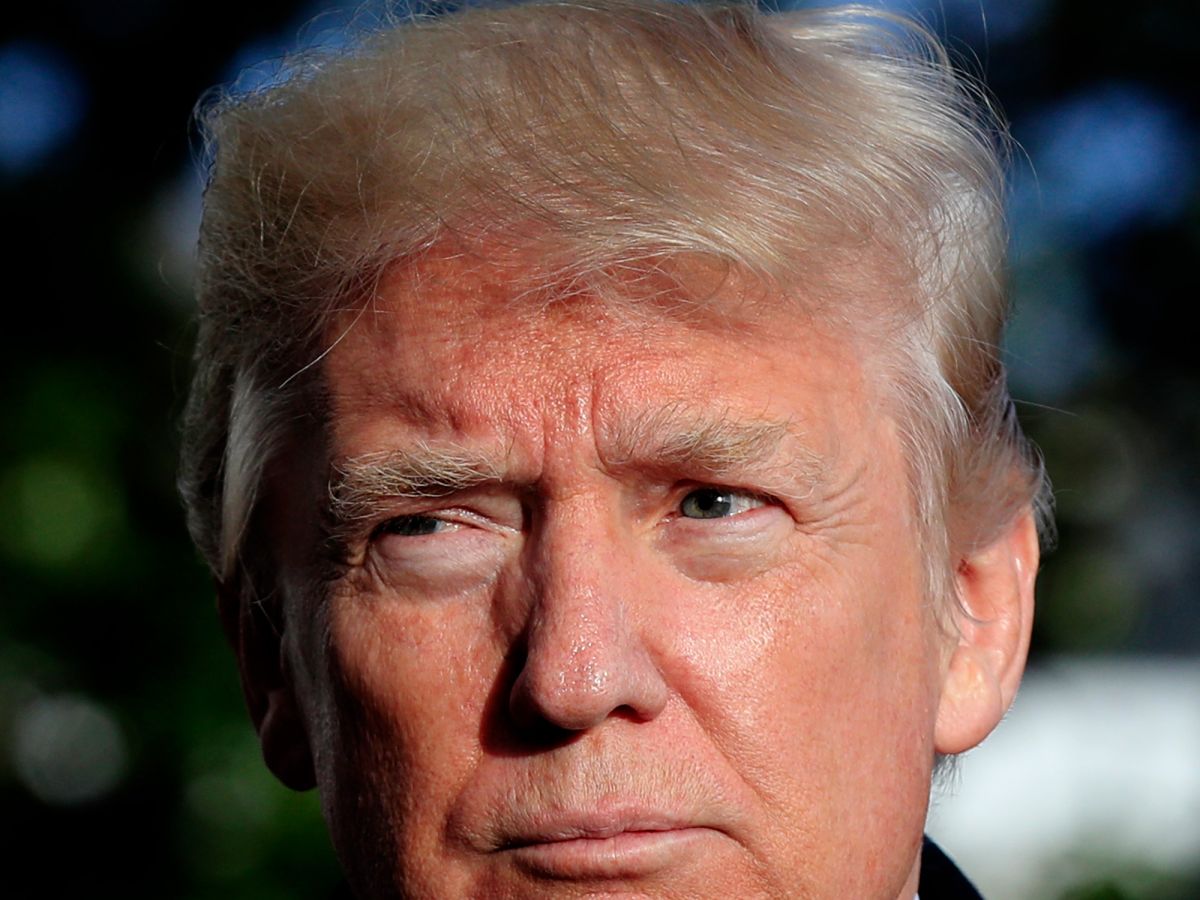
This article was last updated on April 16, 2022
Canada: ![]() Oye! Times readers Get FREE $30 to spend on Amazon, Walmart…
Oye! Times readers Get FREE $30 to spend on Amazon, Walmart…
USA: ![]() Oye! Times readers Get FREE $30 to spend on Amazon, Walmart…
Oye! Times readers Get FREE $30 to spend on Amazon, Walmart…
In this time of political divisiveness in the United States, a recent study by Rolf Peterson and Carl Palmer entitled “Effects of physical attractiveness on political beliefs” looks at some interesting research on the connection between conservativeness and physical attractiveness. Let’s look at their findings.
The authors open by noting that, to date, there has been very little research into the connection of physical appearance on political life at the level of mass politics, rather, the emphasis has been on whether more attractive political candidates are able to persuade voters that they are more worthy of being elected. The “attractiveness premium” gained by candidates that are more attractive is particularly prominent for uninformed voters in low-information elections. In this study, the authors examine how voters’ own physical appearance affects how they view the world around them, answering the question “Do physically attractive individuals develop in a bubble that creates a different social experience and, subsequently, different political attitudes?“.
Research in social psychology has shown that appearance and attractiveness play a significant role in shaping ones social interactions and social cognition. This is often associated with a “halo effect”; individuals that are perceived as physically attractive are generally considered to have other positive traits. These “attractiveness stereotypes” result in people concluding that more attractive individuals are both more intelligent and more successful in their life’s endeavours and that their viewpoints are more valuable.
Here’s what the authors have to say about how the degree of attractiveness impacts people from a very young age:
“Attractive children have been shown to experience warmer treatment from their own parents as well as perfect strangers. Over a lifespan, these patterns of treatment appear to have a pronounced effect on the personality traits more attractive individuals exhibit in social situations, appearing to be more confident, extroverted, happier, and healthier as they reach adulthood.
The mechanism for this process is a simple one. By virtue of the treatment they receive as a result of their appearance, individuals become more likely to internalize positive or negative behavioral characteristics, thereby altering their behavior. This effect is potentially exacerbated by behavioral expectations, as posited by expectancy theory, which asserts that individuals alter their behavior in social situations based upon what they perceive to be expectations regarding their behavior.
These social interactions not only influence behavioral characteristics but also have meaningful influences on perceived and actual life successes. As would be expected, better-looking students are perceived as being more capable. However, the advantages do not end or are seen as well-groomed earn higher grade-point averages in high school, in addition to receiving higher scores on standardized tests. More attractive individuals may also have greater levels of educational attainment, with evidence suggesting that those who are viewed as better looking spend significantly more time in school.”
The result of this relationship between physical appearance and success can be termed in two ways; the “plainness penalty” and the “beauty premium”, a relationship that carries into the workplace, ultimately impacting one’s ability to get ahead in the corporate world.
The authors then go on to look at how attractiveness affects political beliefs. Since society holds that more attractive people are more knowledgable, more attractive people are more likely to be sought out for their political opinions. A complicating factor in the relationship between physical attractiveness and political socialization is found in the relationship between physical appearance and household socioeconomic level. Children from households that are able to afford expensive clothing, dental work and grooming products may appear to be more attractive than their counterparts who come from a lower rung on the socioeconomic ladder. This means that socioeconomic status, which is impacting attractiveness, could be shaping an individual’s political leanings. That said, the fact that parents often treat their children differently based on their physical attractiveness suggests that our earliest interactions are not framed by socioeconomic standing but by our physical appearance.
The authors state that ideology (a belief system that structures individual attitudes toward the proper ends for society and the means for achieving these ends) is likely to be more coherent in children coming from households that are more politically engaged. As well, children who come from more authoritarian households are more likely to endorse more conservative ideologies. Partisanship, an orientation through which citizens view the political world, is less a belief system than a psychological identification with a political party that reflects a shared set of beliefs. Partisanship is one of the most influential orientation that individuals hold toward the political system. Studies show that an individual’s partisanship evolves through experiences that individuals have as they come to age politically, including influence from a person’s family and peers. Since more attractive individuals benefit from more positive social interactions, are believed to be more intelligent and get more attention from society, their passage through life is generally “easier”, making it likely that they cannot empathize with the challenges that their less attractive counterparts face. This would suggest that attractive individuals “…have a blind spot that leads them not to see the need for more government support or aid in society. Given that this is one of the tenets of more liberal citizens, as well as supporters of the Democratic Party, we would expect that more attractive individuals would develop a worldview that is less supportive of government intervention and aid to others.” Consequently, the authors expect that more attractive individuals are more likely to identify as conservative with leanings toward the Republican Party.
With all of this in mind, the authors asked the following questions:
1.) Are more attractive individuals more likely to express higher levels of political efficacy (effectiveness) than less attractive individuals?
2.) Are more attractive individuals are more likely to self-identify as conservative?
3.) Are more attractive individuals are more likely to identify with the Republican Party?
To prove their hypotheses, the authors use the 1972-74-76 American National Elections Studies (ANES) panel study and the Wisconsin Longitudinal Study (WLS), a study of 10,317 respondents who graduated from Wisconsin high schools in 1957.
Let’s look at the American National Elections Studies first. Ideology and partisanship is measured on a 7 point scale with a score of 1 being extremely liberal/strong Democrat to 7 being extremely conservative /strong Republican. Respondents were ranked by their interviewer on a scale of 1 (homely) to 5 (strikingly handsome or beautiful). Respondents’ high school year book photos were also ranked for attractiveness by a panel of 12 individuals (6 men and 6 women).
Here are their findings:
1.) Efficacy – more attractive individuals are likely to be more politically efficacious.
2.) Conservativeness – more attractive individuals were more likely to identify as conservative.
3.) Republican – more attractive individuals were more likely to identify as Republican.
As well, higher income individuals were more likely to identify as both conservative and Republican, suggesting that there is a positive relationship between political identity and socialization experiences.
When using the Wisconsin Longitudinal Study, respondents were asked to identify their political leanings as Republican, Democrat, Independent or uncertain and ideology was measured on the same seven-point scale ranging from extremely liberal to extremely conservative. Again, the results showed that more attractive individuals are more likely to identify as more conservative and are more likely to self-identify as Republican. Once again, higher income individuals were also more likely to be conservative and Republican.
Here is a section from the author’s conclusions:
“While this is an interesting set of findings, there are larger implications given the evidence that attractive individuals are more politically efficacious. With the demonstrated influence of political activists and opinion leaders on mobilizing citizens, and influencing the views that less engaged citizens hold, and the greater social influence that more attractive individuals are thought to have, we may surmise that more attractive individuals may hold political sway over others in their social networks, regardless of their actual levels of effective political knowledge. Research in a similar vein has demonstrated that more attractive individuals are subjectively perceived as more intelligent and politically knowledgeable, even after accounting for their objective levels of political information. If attractive individuals are also more efficacious and more likely to persuade others, we may have further concerns for the quality of opinion leadership and participation. While it may be tempting to conceive of attractiveness research on its surface as shallow or secondary to other components of socialization, it is a mistake to understate the lasting effects that a lifetime of differential treatment may have on political attitudes and behavior. Those who are not blessed with good looks will be less likely to feel empowered, to participate in politics, to seek re-dress for grievances, or to exercise their political rights. Physical attractiveness research at the elite and mass levels can illuminate biases that produce inequality in political activism and the propensity for individuals to be empowered in politics and government. (my bold)
Let’s close with this video from Infowars:
Obviously, Paul Joseph Watson feels that he is among the lucky attractive people who lean to the right:
Click HERE to view more.
You can publish this article on your website as long as you provide a link back to this page.


Be the first to comment